Champagne Valentin Leflaive embodies the alliance between Burgundian heritage and Champagne excellence. Thanks to a...
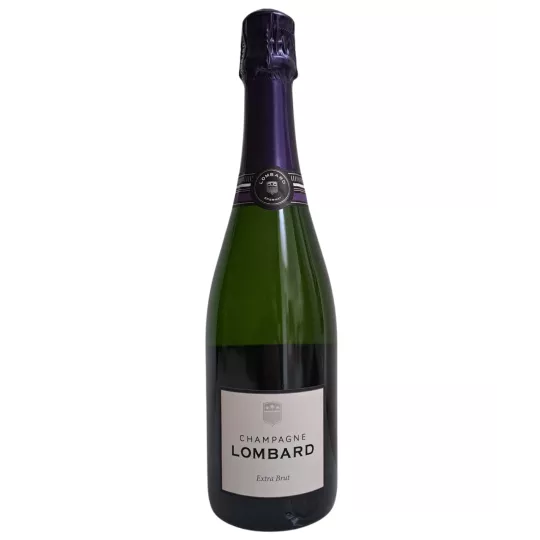
Free delivery for purchases over € 210 in the E.U.
Club We Love Bubbles: Collect points with every purchase
| ❤️ CLUB We Love Bubbles: 100 € spent = 20 loyalty points |
| ❤️ CLUB We Love Bubbles: €100 spent = 20 loyalty points |
| ❤️ CLUB We Love Bubbles: €100 spent = 20 loyalty points |

Champagne Valentin Leflaive embodies the alliance between Burgundian heritage and Champagne excellence. Thanks to a...
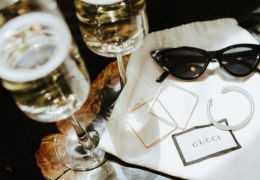
Champagne Petit et Bajan, founded in 2008 by Richard Petit and Véronique Bajan, embodies the alliance of two...

Champagne Napoléon, founded in 1825, embodies the perfect blend of family tradition and imperial prestige. Crafted...

Champagne Lebeau-Batiste, a family-owned winery in Chavot-Courcourt, embodies the combination of artisanal tradition...

Champagne Telmont, founded in 1912 in Damery, embodies the perfect blend of family heritage and innovation. Its...
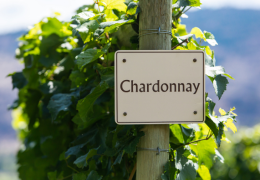
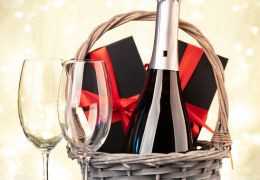









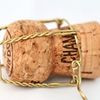

Immerse yourself in the atmosphere of a champagne evening, where each bubble of this sparkling wine evokes refinement. You hold a bottle of this iconic sparkling wine in your hands, ready to savor every moment of it.
But before tasting this sparkling wine, take a moment to observe the champagne bottle's label. What can you learn from this humble piece of paper? How can we decode its mysteries to better appreciate the treasure it contains?
In this article, we invite you to explore the fascinating world of reading champagne bottle labels. From production region to classification, grape varieties and vintages, we'll guide you through each essential element, allowing you to discover the intricacies of this exceptional sparkling wine.
The first thing to look for on a sparkling wine label is its origin. The controlled designation of origin (AOC) is a crucial indicator of the quality and terroir of champagne. In France, the Champagne appellation is strictly regulated, meaning that only wines produced in that specific region can legally be called champagne. The label should clearly state “Champagne” to ensure authenticity.
Once you have identified the origin of champagne, it is important to know who produced it. Some bottles will be named after a renowned champagne house, while others may come from an independent champagne winemaker or cooperative. The champagne house is like the brand of what you are going to taste. Each house has its own style and winemaking techniques, which is reflected in the final taste of the champagne.
The type of champagne is also a key element to spot on the label. Terms like champagne Brut, “Sec”, “Demi-Sec” indicate the level of sweetness of the champagne. For example, a Brut champagne will be drier with less residual sugar, while a Demi-Sec champagne will be softer and sweeter. This information will help you choose a champagne that matches your taste preferences.
Some champagnes display a vintage on their label, which means that they are produced from grapes harvested in a single year. Unlike non-vintage champagne, which are blends from several years, vintage champagne captures the unique characteristics of that specific year. This can have a significant impact on the taste and quality of the champagne.
The grape varieties used in the production of champagne are also often mentioned on the label. The three most commonly used grape varieties are Chardonnay, Pinot Noir and Pinot Meunier, each contributing their own distinct aromatic nuances and characteristics to the final champagne. For example, Chardonnay brings freshness and finesse, while Pinot Noir offers richness and structure.
Higher quality champagnes may carry special mentions such as "Grand Cru" or Premier Cru champagne. These classifications are based on the specific vineyards where the grapes were grown. The Grands Crus are the highest ranked vineyards, renowned for producing the best grapes. Looking for these indications on the label can give you valuable information about the quality of the champagne.
Champagne labels also provide information on the size and format of the bottle. From standard bottles to magnums and Jeroboams of champagne, there are a variety of sizes available to suit different occasions and celebrations. Knowing how to recognize these indications will help you choose the right amount of champagne for your event.
Finally, some champagne labels may contain additional information such as tasting tips, recommended wine pairings, or even anecdotes about the champagne house or winemaker. These details can enrich your tasting experience by providing you with practical advice and interesting insights into the champagne you are tasting.
Q: How do you know if a champagne is authentic?
A: To guarantee the authenticity of a champagne, look for the Champagne appellation on the label, as well as the name of the winemaker or renowned champagne house.
Q: What is the meaning of vintage champagne?
A: A vintage champagne is produced from grapes harvested in a single year, which gives it unique characteristics and superior quality.
Q: What does “Brut” mean on a champagne label?
A: Champagne Brut is a term used to describe a dry champagne wine, with a low amount of residual sugar, making it a popular choice for those who prefer less sweet wines.
Q: What is a Grand Cru champagne?
A: A Grand Cru champagne comes from the highest ranked vineyards in the Champagne region, renowned for producing the highest quality grapes.
Q: How to choose the right size champagne bottle?
A: The size of the champagne bottle depends on the occasion and the number of guests. Standard bottles usually fit one to two people, while magnums and Jeroboams are perfect for larger celebrations.
Q: Are there specific guidelines for tasting champagne?
A: For optimal champagne tasting, serve it well chilled at a temperature of around 8 to 10 degrees Celsius and use champagne flutes to fully appreciate its aromas and delicate foam.
In conclusion, reading a champagne label is more than just a formality; it is a dive into the history, the terroir and the know-how that lies behind each bubble of this sparkling wine. Every detail, every mention on the label tells a story, reveals secrets and adds an extra dimension to the tasting experience.
Whether you are a curious novice or a passionate connoisseur, the art of reading a champagne label will allow you to fully appreciate each bottle, revealing its nuances and magnifying its flavors. So, the next time you find yourself in front of a bottle of champagne, take the time to look at its label and discover the stories it contains, because after all, each bubble of champagne is a story to be tasted.
Reading a champagne label may seem complex at first, but with a little knowledge and practice, you will be able to decipher its secrets to choosing and enjoying the perfect champagne for every occasion. Whether you're a passionate champagne lover or simply curious to learn more, using these tips will help you become a true connoisseur of the king of wines.

 A Story Of Friendship: Champagne Pol Roger and Sir Winston Churchill
A Story Of Friendship: Champagne Pol Roger and Sir Winston Churchill Champagne-based cocktails
Champagne-based cocktails Champagne rosé
Champagne rosé Serve a good champagne
Serve a good champagne Where to buy Deutz champagne ?
Where to buy Deutz champagne ?Follow us